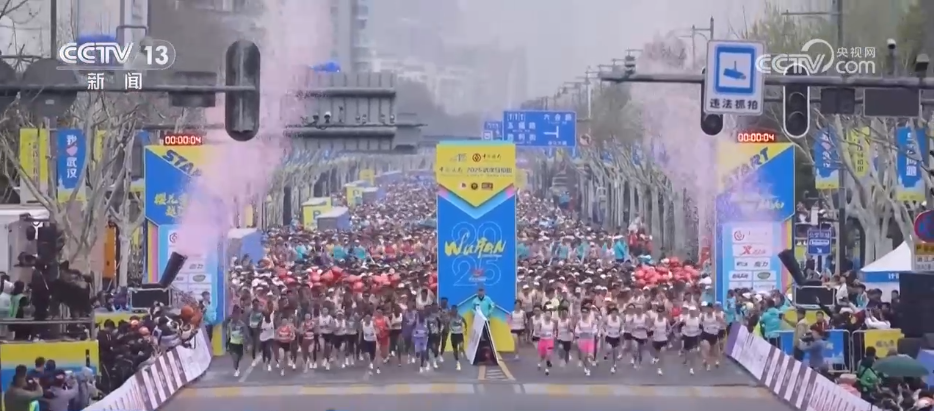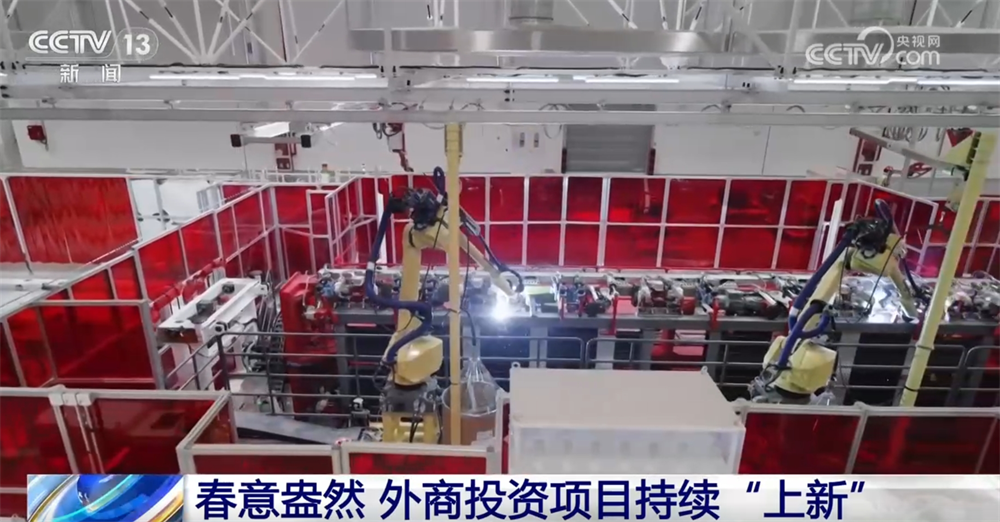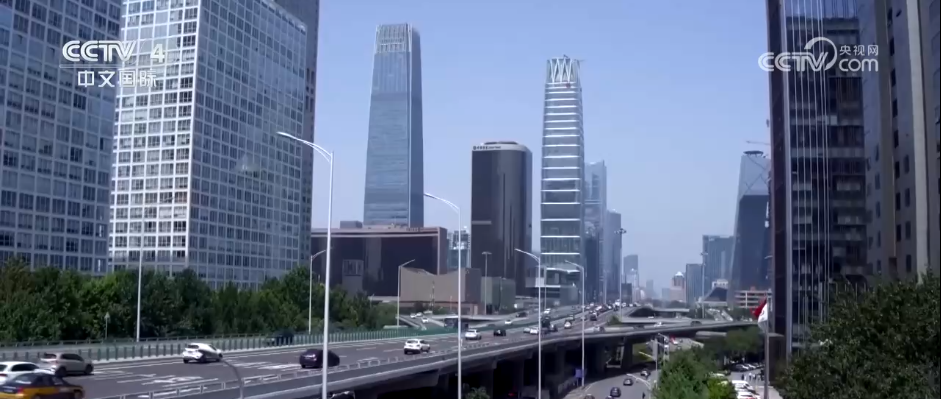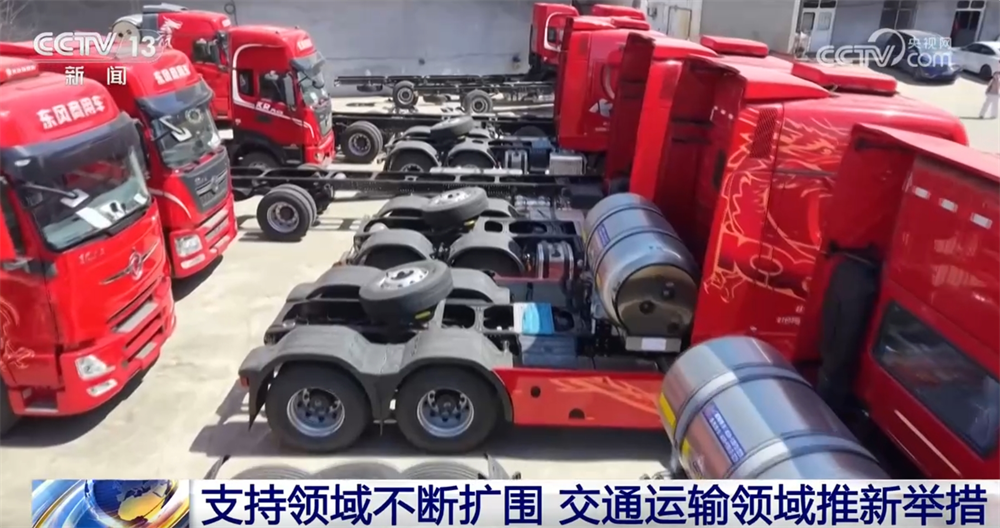CCTV News: At the 2025 China Electric Vehicle Hundred People Forum held on March 28, international cooperation and "industry overseas" became hot topics. It is understood that since 2025, many new energy vehicle companies in my country have increased their efforts to export overseas and build factories overseas.
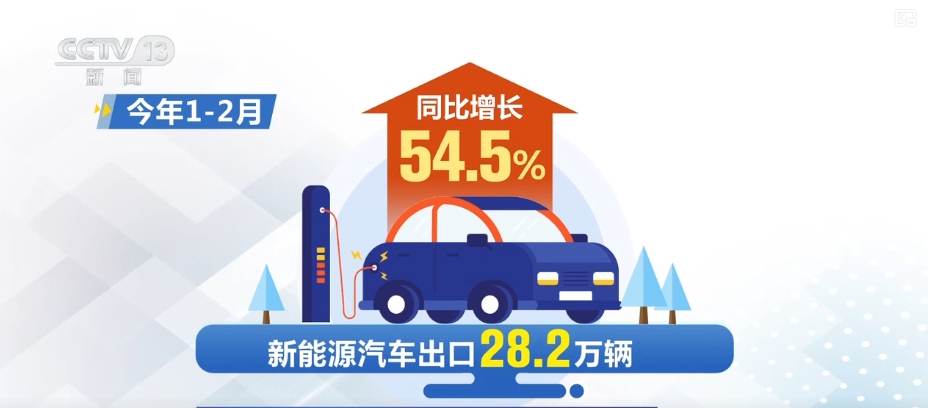
In 2025, my country's automobile exports continued the characteristics of last year's strong growth. From January to February 2025, my country exported 911,000 vehicles, an increase of 10.9% year-on-year, of which 282,000 new energy vehicles were exported, an increase of 54.5% year-on-year.
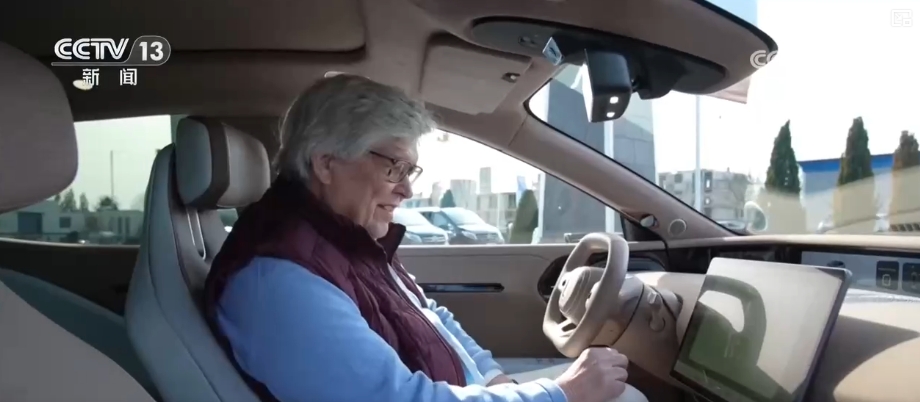
Not only in terms of exports, Chinese auto companies are also accelerating their overseas localization construction, and many auto companies have proposed new plans to "go overseas production capacity". Not long ago, Changan Automobile announced its entry into key overseas markets such as Europe and has quickly deployed in Southeast Asia, Central and South America, the Middle East, and Africa regions. It is expected that Changan Automobile will sell 1 million vehicles in overseas markets in 2025.
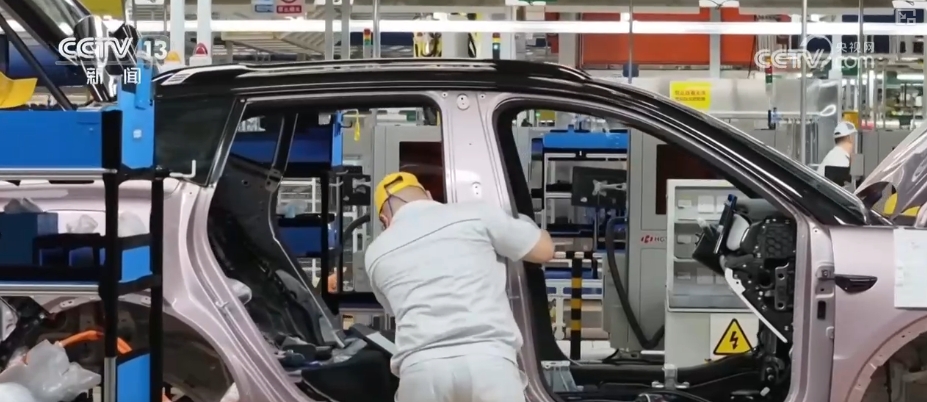
Lantu Automobile, a subsidiary of Dongfeng Group, said that in 2025, on the basis of deepening the European market, it will focus on the Middle East market and verify the global competitiveness of Chinese brands through the high-end market in the Middle East.
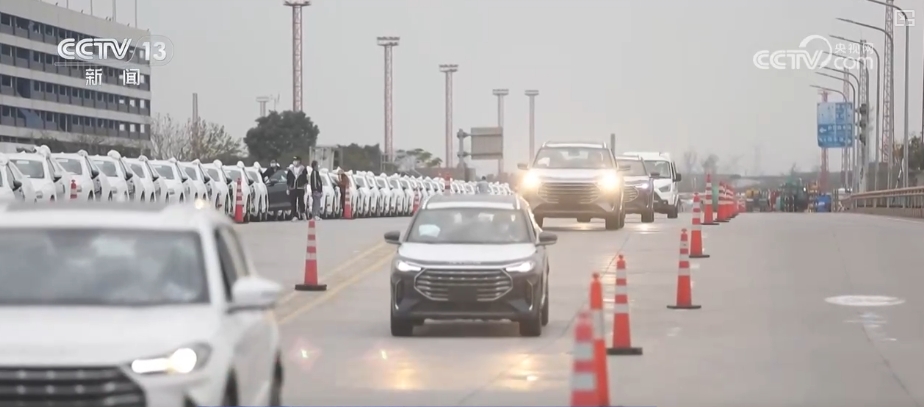
It is understood that the "brand going overseas" of Chinese auto companies is developing from the early single trade model to the new stage of overseas factory building, joint venture cooperation, and reverse technology output. Chinese car companies "going out" present new characteristics
How Chinese electric vehicle companies can "going out" better and what new characteristics can they have in the future have become a topic for guests of the 2025 China Electric Vehicle Hundred People's Association to discuss in-depth.
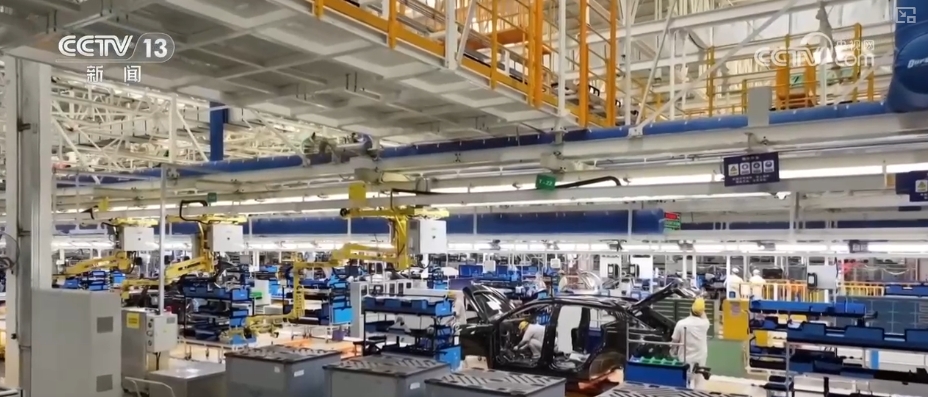
When talking about increasing international cooperation, many Chinese auto companies said that from the future trend of the global automobile industry development, the four strategic overseas directions of branding, technology, high-end and localization will provide new ideas for Chinese auto companies to break through the international competitive landscape.
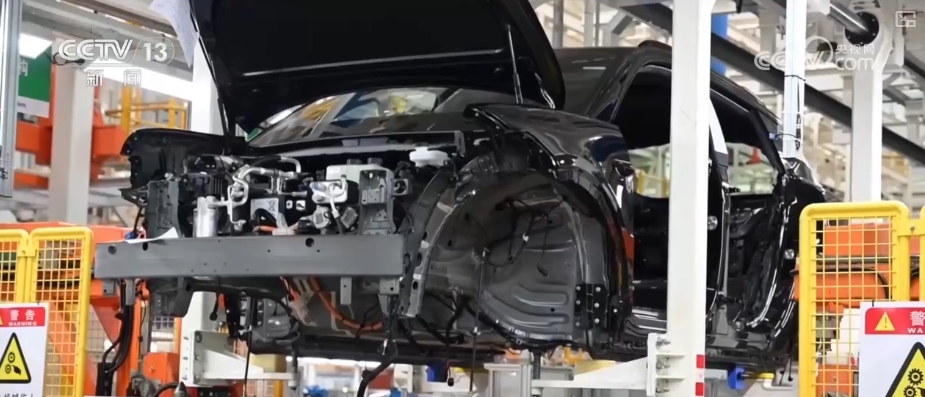
Lantu Automobile CEO Lu Fang said that from "the whole vehicle goes overseas" to driving "technology goes overseas", we form technical cooperation and competitive advantages. From "trade to overseas" to "ecological going overseas", Chinese auto companies will accelerate their layout of overseas factories to jointly build overseas ecology, and reduce overseas compliance risks and development costs.
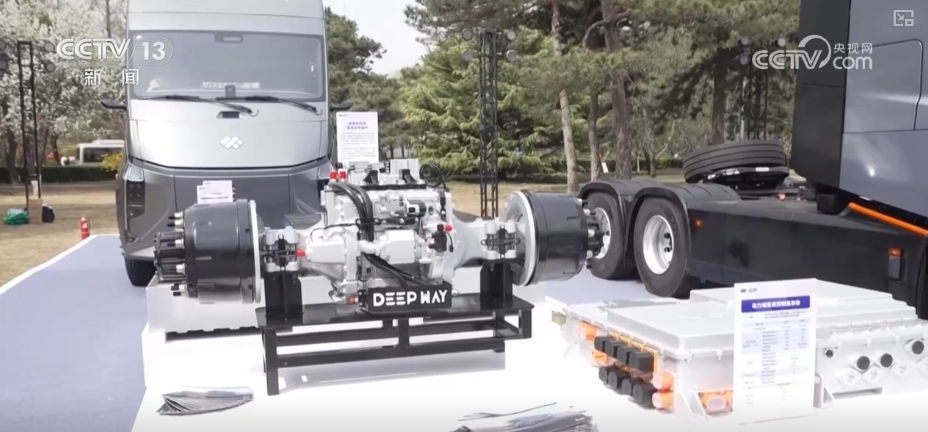
Christian Hockfield, executive director of this German transportation transformation think tank, highly appreciated China's achievements in the field of electrification. At the same time, he suggested that Chinese companies redirectly plan to Europe, help local supply chains and industries develop through joint ventures, and jointly achieve climate goals.
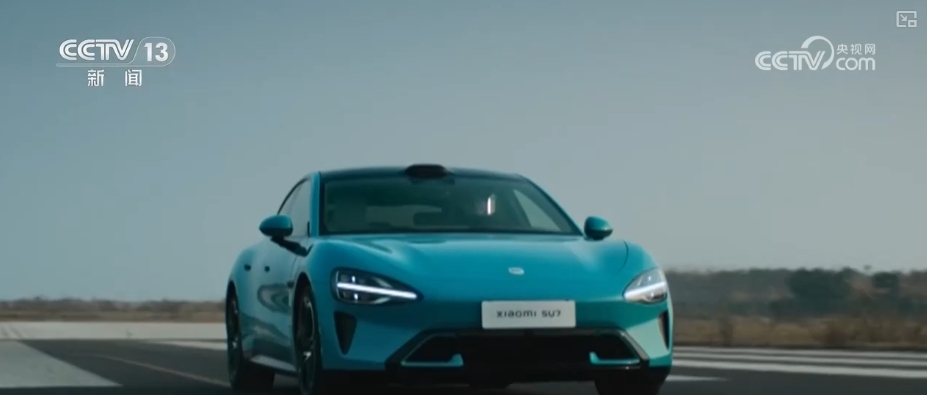
Christian Hockfield said that over the past 40 years, they have accelerated technological innovation and development in the Chinese market through joint ventures. Today, Chinese brands, suppliers and battery companies are heading globally. They can change their cooperation model, establish joint ventures in Europe and Germany in accordance with European rules, help local road transport electrification, and jointly promote technological innovation and industrial upgrading to better respond to climate change. Chinese auto companies help Thailand's new energy vehicle penetration rate jumps
It is understood that in the blueprint for Chinese auto companies to "go global", Southeast Asia is the most concentrated area, especially Thailand is the most prominent. At this forum, experts from the Thai Electric Vehicle Association said that thanks to the help of China's new energy vehicles, the Thai market is accelerating its transformation to a "new" approach.
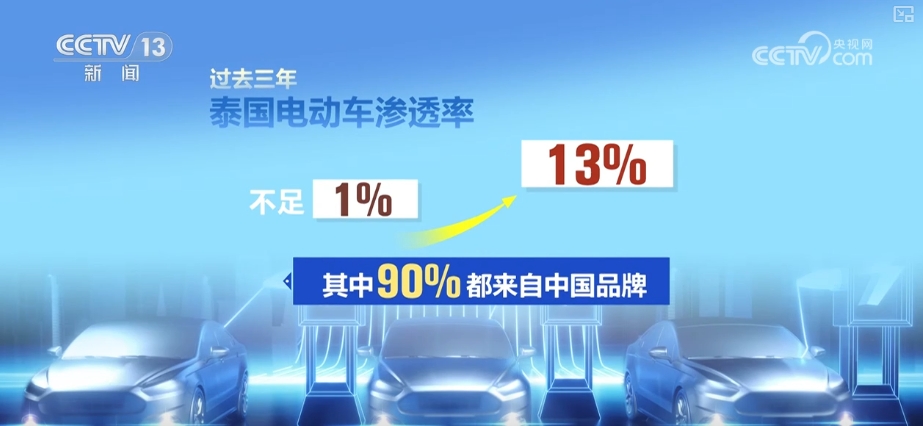
Data shows that in the past three years, the penetration rate of electric vehicles in Thailand has jumped from less than 1% to 13%, and 90% of them come from Chinese brands. But despite the impressive market performance at the moment, Thailand has also put forward new expectations for deepening cooperation.
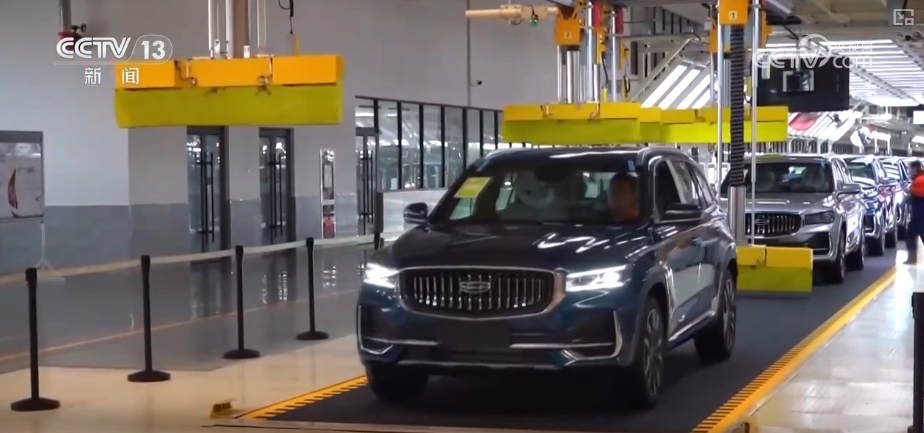
The Thai Electric Vehicle Association Chairman Yusapen Raunur said that they hope to strengthen cooperation at the supply chain level. While establishing production bases in Thailand, Chinese auto companies will integrate Thailand's local supply chain through joint ventures or collaborations to promote technological innovation and long-term cooperation, while paying attention to talent training and battery technology cooperation.
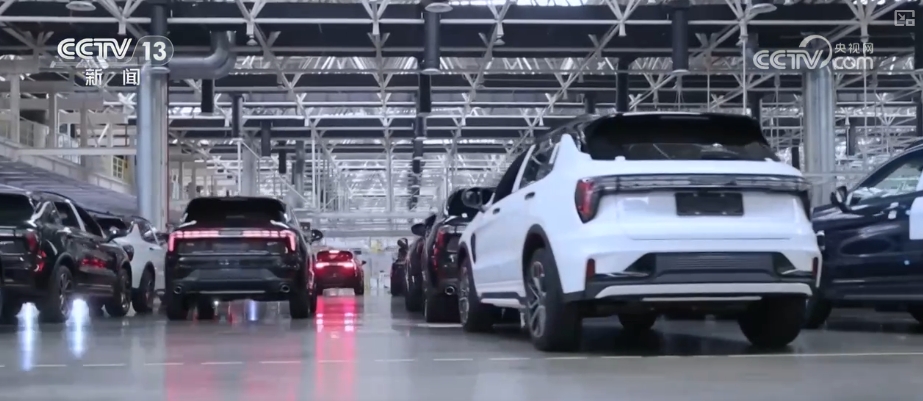
In the past two years, nearly 10 Chinese auto companies including BYD and Changan have invested in and built factories in Thailand, and have also led to the settlement of several supporting companies. Experts pointed out that through the three-dimensional complementarity of "technology-market-policy", China and Thailand are building a complete industrial chain from R&D to manufacturing. Such a new model of in-depth cooperation not only drives the development of Thailand's local automobile industry, but also allows Chinese auto companies to take root in the Southeast Asian market.
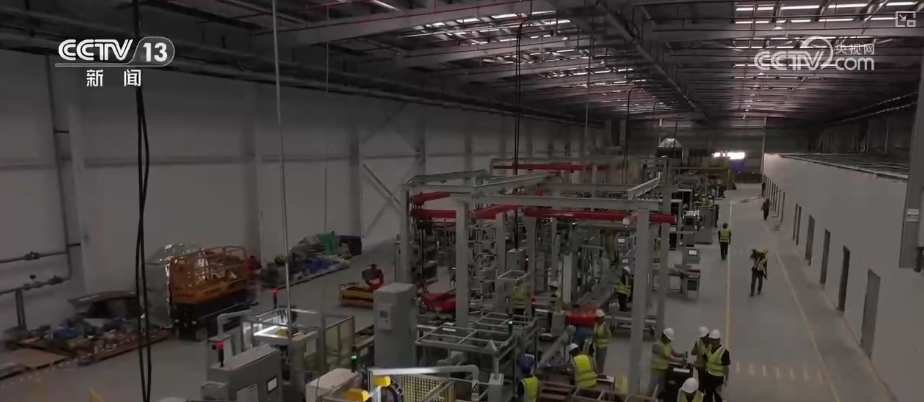
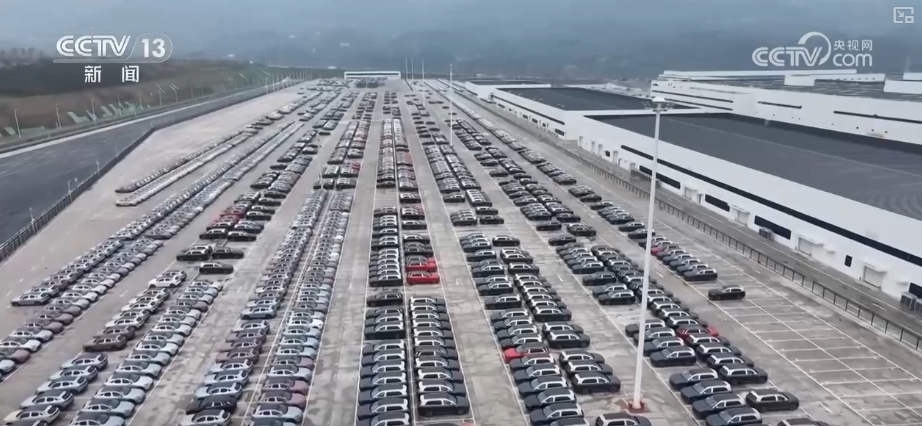
Zhang Yongwei, vice chairman and secretary-general of the China Electric Vehicle Hundred People Association, introduced that Chinese auto companies have now gone through the primary stage, from the past, mainly selling cars with trade, to the close integration of manufacturing and international markets. Everyone is exploring more perfect and mature models and localized development strategies, and the trend is very obvious.

